Conservation biologists from Michigan State University are looking back through time to determine the success of a 30-year intervention and monitoring project designed to rescue the red-cockaded woodpecker, a long-imperiled bird living ... Read More
A country without butterflies? New study raises the possibility
A sweeping new study published in the journal Science tallies, for the first time, butterfly data from more than 76,000 surveys across the continental United States. The results: From 2000 to 2020, the total butterfly abundance fell by 22% ... Read More
Insecticides are key drivers of butterfly decline, research shows
Insecticide use is the single largest factor contributing to a decline in total butterfly abundance and species diversity in the Midwest, according to a newly released study published by the journal PLOS ONE. The author team was led by ... Read More
Spring into action this year for Earth Day
Have you noticed a change in the air? Here in Michigan, days are getting longer, the weather is getting warmer, and spring is officially here. Maybe you’re feeling more motivated to do some spring cleaning or enjoy the outdoors. (I know I ... Read More
KBS joins multi-state effort to increase the adoption of prairie strips across the Midwest
Before there were the gently rolling hills of farmland and forest we see today, southwest Michigan’s landscape included large areas of prairie habitat. Dominated by wildflowers, grasses, and sedges, these habitats were maintained by ... Read More
Family collaboration to conserve threatened birds is in the genes
On a path from Florida Scrub-Jays to Trinidadian guppies and back again—Sarah Fitzpatrick's journey of researching genetic rescue in fish, eventually using it as a conservation method for birds familiar from her youth, makes for a ... Read More
At the crossroads of service, semantics and science: Jackson Helms IV
W.K. Kellogg Biological Station postdoctoral research associate Jackson Helms IV was recently interviewed for an Entomology Today article, one in a series of features on outstanding early career professionals. Helms came to KBS ... Read More
Shelter from the storm: Increasing resiliency of rare species in hurricane-prone areas
What happens when a major hurricane careens through a rare, fragmented ecosystem? North Carolina State University researcher Erica Henry and others, including W.K. Kellogg Biological Station ecologist Nick Haddad, found themselves in a ... Read More
Perennial biofuels show promise in meeting energy needs, supporting crucial ecological functions
When we think of biofuel crops, a sprawling field of corn is often what we imagine. Though corn (Zea mays) is the most commonly planted biofuel in the United States, its climate mitigation potential is diminished by the need to till, ... Read More
Ready to explore: KBS researcher Jaynes awarded prestigious NatGeo Explorers grant
W.K. Kellogg Biological Station Ph.D. student Kyle Jaynes has done plenty of exploration. But now, he can officially be called an Explorer. Jaynes, a researcher in the Fitzpatrick Lab, has been awarded a highly competitive Early ... Read More

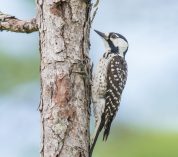
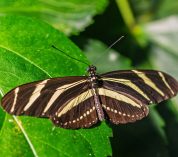
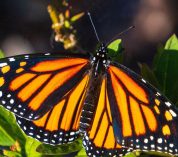
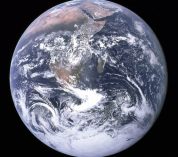
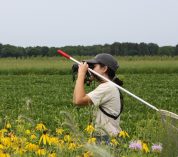
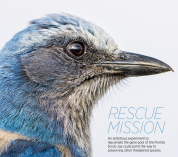

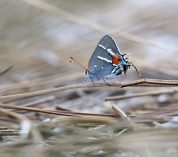
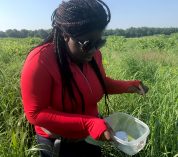

A legacy of conservation; a commitment to sustainability.
3700 E. Gull Lake Drive
Hickory Corners, MI 49060
(269) 671-5117
info@kbs.msu.edu